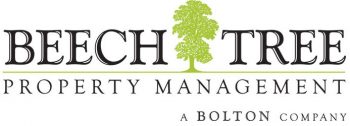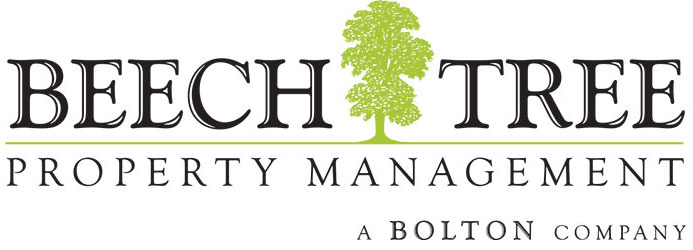An HOA’s exact responsibilities and powers can be determined by consulting its governing documents, such as the Articles of Incorporation, covenants, conditions and restrictions (CC&Rs) and bylaws. Parts of these will describe the workings of the HOA itself, but the rest describes what it can do, when and how.
Its authority may cover things like the maintenance and upkeep standards owners are expected to meet as members of the HOA. Part of living in the community typically includes agreeing to keep a home, its lawn and surrounding property in good condition. Rules may limit new construction, so residents likely need permission if they wish to install a swimming pool, erect a fence or build an addition. Standards may apply to driveways, landscaping and other aspects of a property.
Looking after common property might involve mowing the grass, shoveling snow, repaving streets, cleaning up dead trees and similar tasks. Trash collection, water and sewer services and activities of that nature can also fall under the HOA’s purview. In some neighborhoods, HOA management will also involve upkeep for common clubhouses, swimming pools, tennis courts and similar facilities. Those living in condominiums may pay the HOA for building upkeep, dealing with elevators and other matters that affect all residents.
The size of the neighborhood and its common areas is often a factor in the HOA’s general activity level. Communities with little space may have relatively low-key HOAs, while those with extensive shared facilities will need to remain active to keep them in good condition. The HOA is also responsible for ensuring residents follow regulations, such as rules against pets or building fences.
When trying to learn about your HOA, the first thing to determine is usually whether it is incorporated. If so, then the Articles of Incorporation are generally the most important document, and take precedence over all others. These articles may include descriptions of rules, or just establish the existence of the HOA. Specifics are generally spelled out in either the CC&Rs or the bylaws. This will include election procedures for the board, which is at the top of the HOA. Documents will describe what the board can do on its own, what it needs the approval of the residents to do, and what duties are performed by any other party.
HOAs are typically found in neighborhoods with single-family homes, but not exclusively. Condominium and townhouse neighborhoods may have their own associations, or they may be formed in areas with a mix of housing types. They are commonly found in cooperatives and planned communities. A HOA may be incorporated and actually own the common property, or it might care for it on behalf of the developer or other party who is the owner. If it does own the property, a HOA can hire a firm to care for it, in which case HOA dues might be payable to that company.
Homeowners associations (HOAs) are organizations which deal with the upkeep of a neighborhood’s common areas and establish standards of acceptable behavior for a community. While they all share a common purpose, the level of activity HOAs undertake and other characteristics vary somewhat from community to community, depending on state and local laws and traditions.
Most HOAs are run by a board, which is typically made up of volunteers elected by their fellow owners. Depending on the size of the neighborhood and how extensive a role the board takes, a board may be organized into committees. The board may have officers, with the most common roles being secretary, treasurer, president and vice president.
HOA board meetings typically follow formal rules and set agendas. How well the HOA sticks to its rules of how to discuss issues may vary somewhat, depending on the level of involvement from owners in the community, among other factors. Some matters may need a vote by all the HOA members to decide, while others only require a vote of the board, depending on how it is structured.


